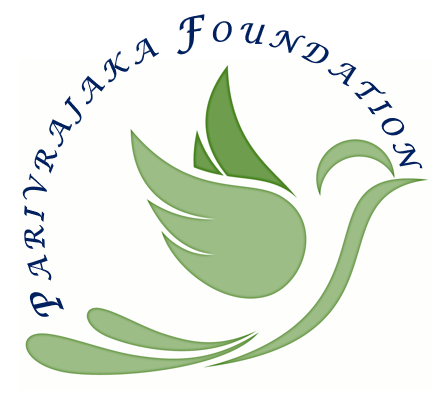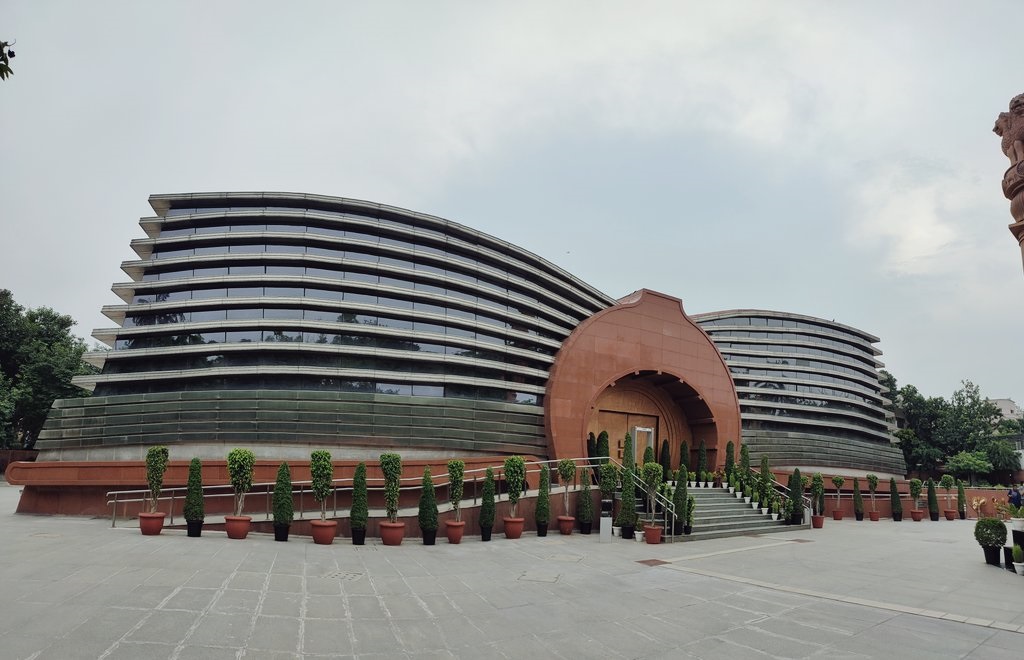![]()
Central Board of Secondary Education (CBSE)
The Board has developed and expanded significantly from year 1929 (which was then named as the ‘Board of High School and Intermediate Education, Rajputana) to reach to its present status. In year 1952, the Board was given its present name ‘Central Board of Secondary Education’. It was in the year 1962 finally that the Board was reconstituted. The main objectives of the Board were to serve the educational institutions more effectively, to be responsive to the educational needs of those students whose parents were employed in the Central Government and had frequently transferable jobs.
The Board has grown at a rapid pace over the years and its present jurisdiction has stretches beyond the national geographical boundaries. From 309 schools in 1962, the Board as on 28.06.2024 has 29340 schools in India and 257 schools in 25 foreign countries. There are 1247 Kendriya Vidyalayas, 5280 Government/Aided Schools, 22408 Independent Schools, 648 Jawahar Novodaya Vidyalayas and 14 Central Tibetan Schools.
In order to execute its functions effectively, Regional Offices have been set up by the Board in different parts of the country to be more responsive to the affiliated schools. the Board has 18 Regional Offices & COE’s located at Ajmer, Bengaluru, Bhopal, Bhubaneswar, Chandigarh, Chennai, Dehradun, Delhi (East), Delhi (West), Dubai (UAE), Guwahati, Noida, Panchkula, Patna, Prayagraj, Pune, Thiruvananthapuram and Vijayawada locations.
The CBSE headquarter constantly monitors the activities of the Regional Offices. Although, sufficient powers have been vested with the Regional Offices, issues involving policy matters are, however, referred to the Head office. Matters pertaining to day-to-day administration, liaison with schools, pre and post examination arrangements are all dealt with by the respective regional offices.
CBSE envisions a robust, vibrant and holistic school education that may engender excellence in every sphere of human endeavor. The Board is committed to provide quality education to promote intellectual, social and cultural vivacity among its learners. It works towards evolving a learning process and environment, which empowers the future citizens to become global leaders in the emerging knowledge society. The Board advocates and pledges to provide a stress-free learning environment that may develop competent, confident, and enterprising citizens who promote harmony and peace.
CBSE aims to facilitate learning for physical, emotional, social and intellectual wellbeing of students. The CBSE, a pace-setting National Board of School Education in the country, always aspires and endeavors to be a center of excellence for providing quality education by continuously working on the educational standards to meet the national and global needs through the process of affiliating schools and conducting examinations of classes X and XII as well as other exams as entrusted from time to time.
The Board focuses upon the following:
- Innovations in teaching-learning methodologies by devising students friendly and students centered paradigms
- Reforms in examinations and evaluation practices
- Skill learning by adding job-oriented and job-linked inputs
- Regularly updating the pedagogical skills of the teachers and administrators by conducting in service training programmes, workshops etc.

